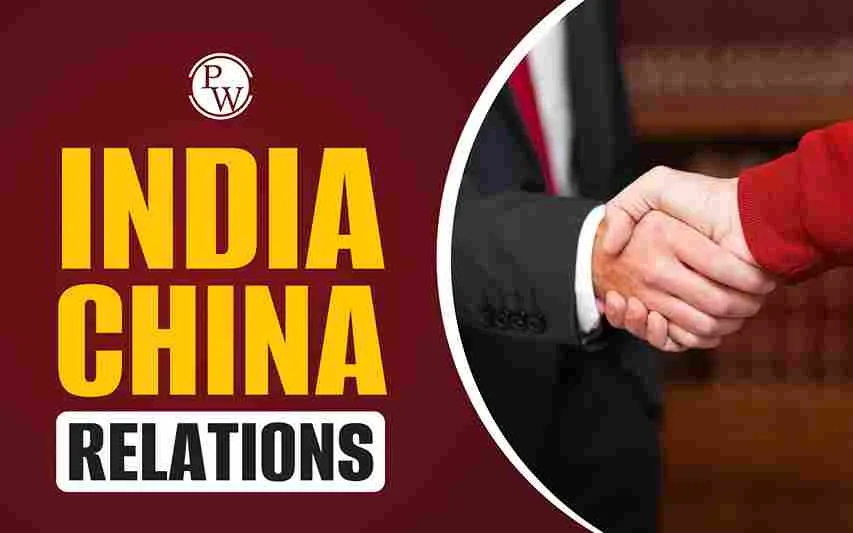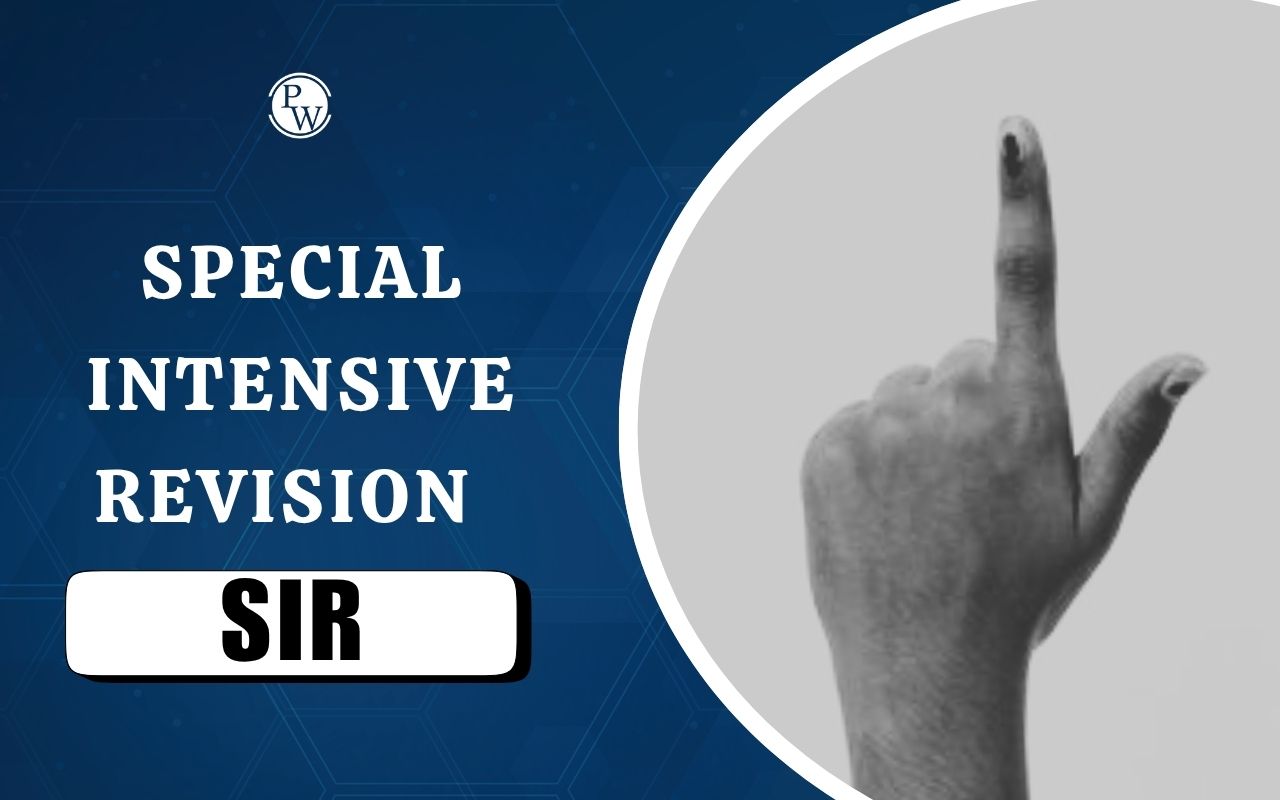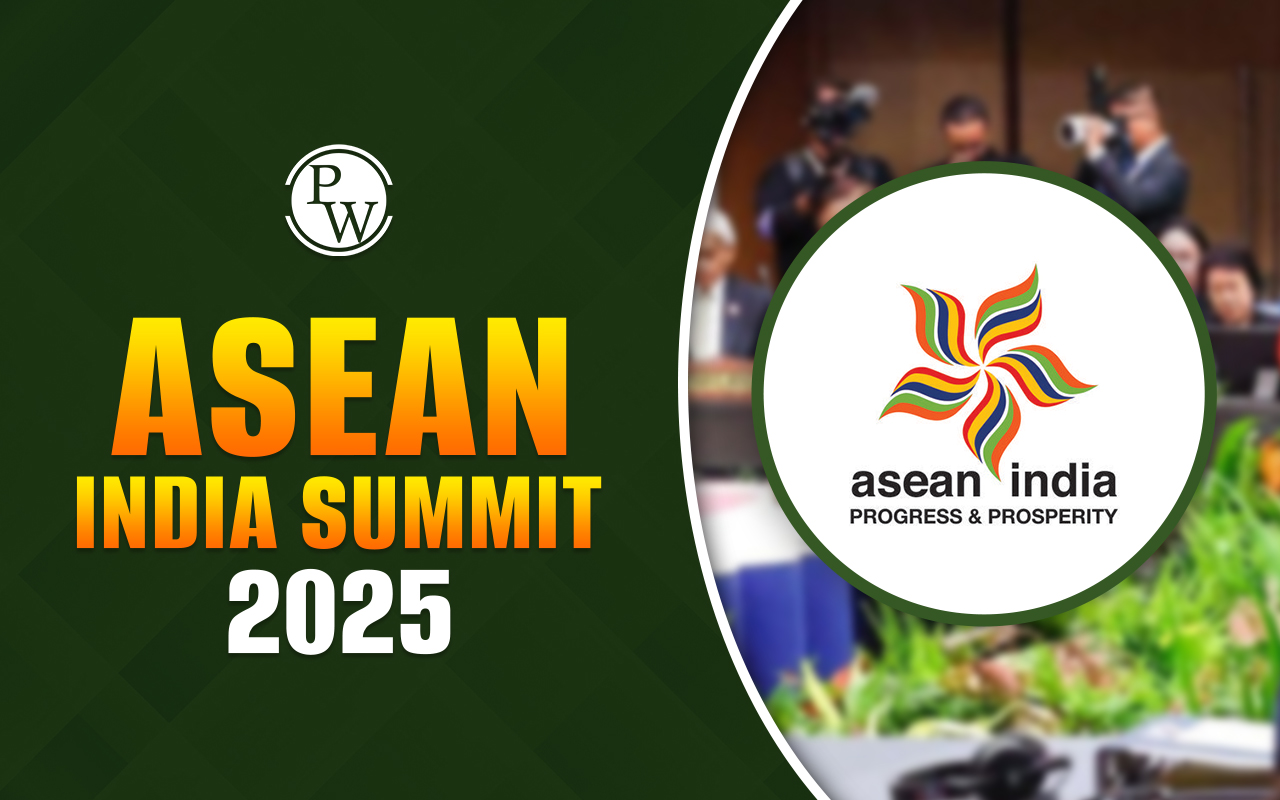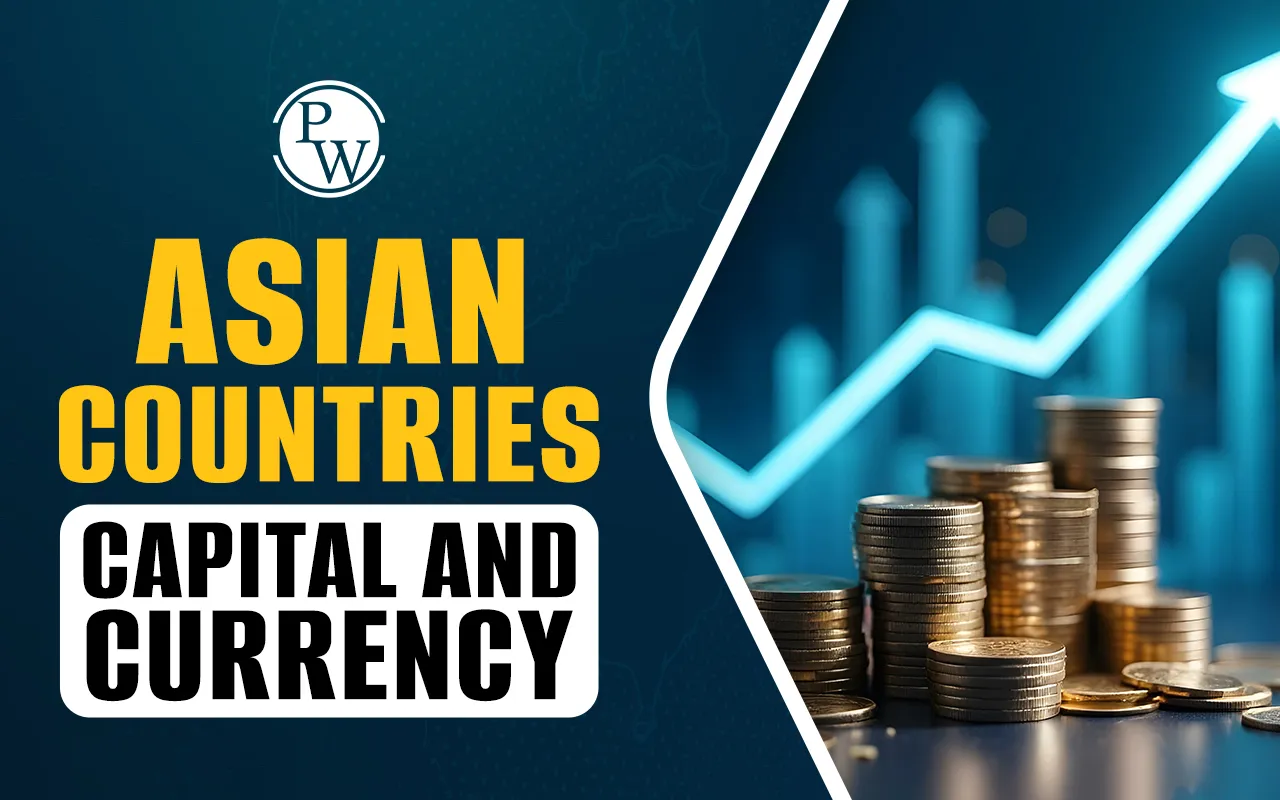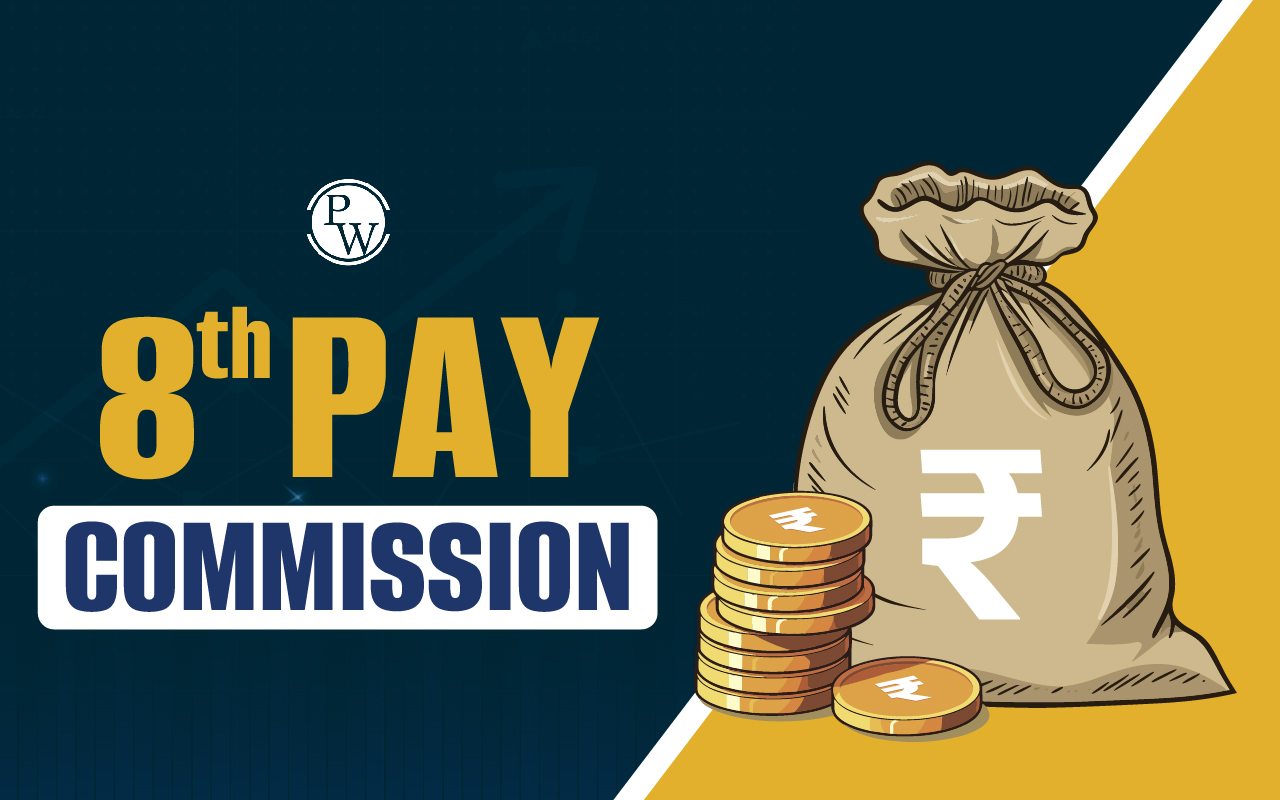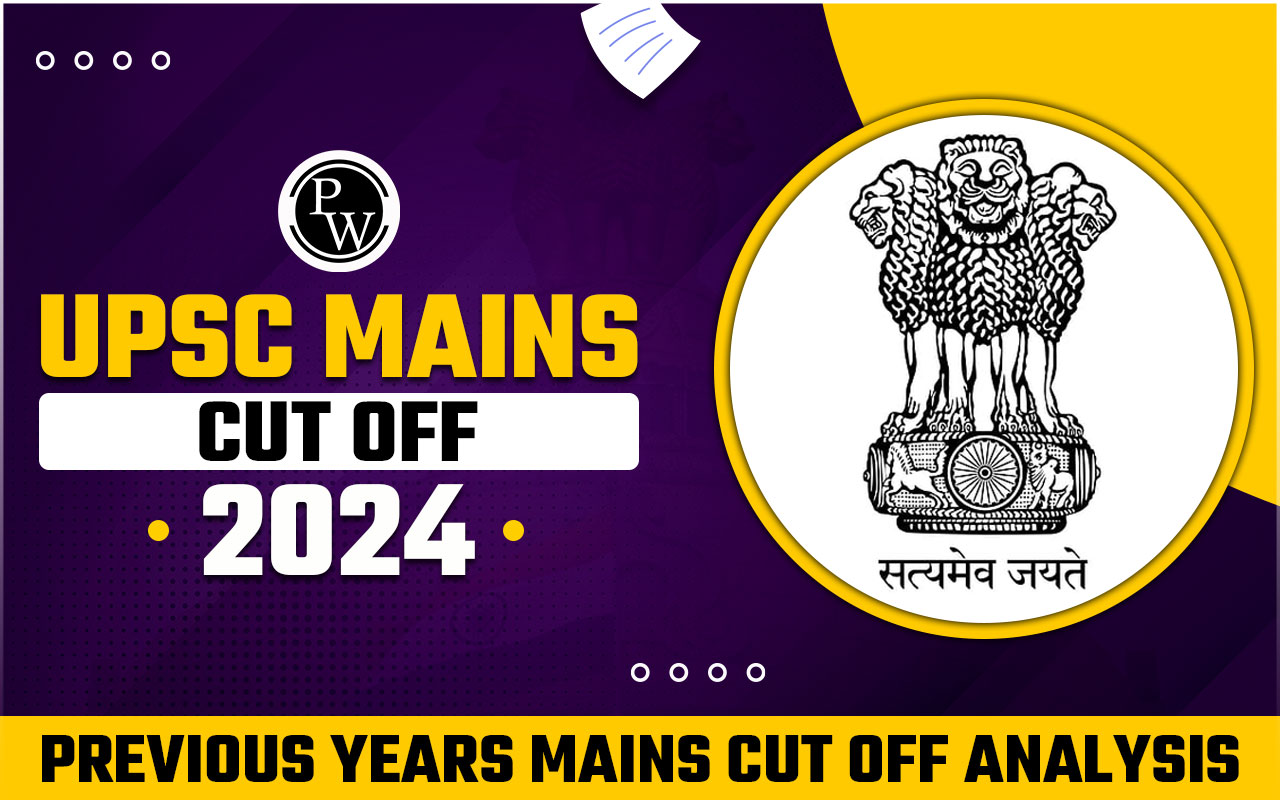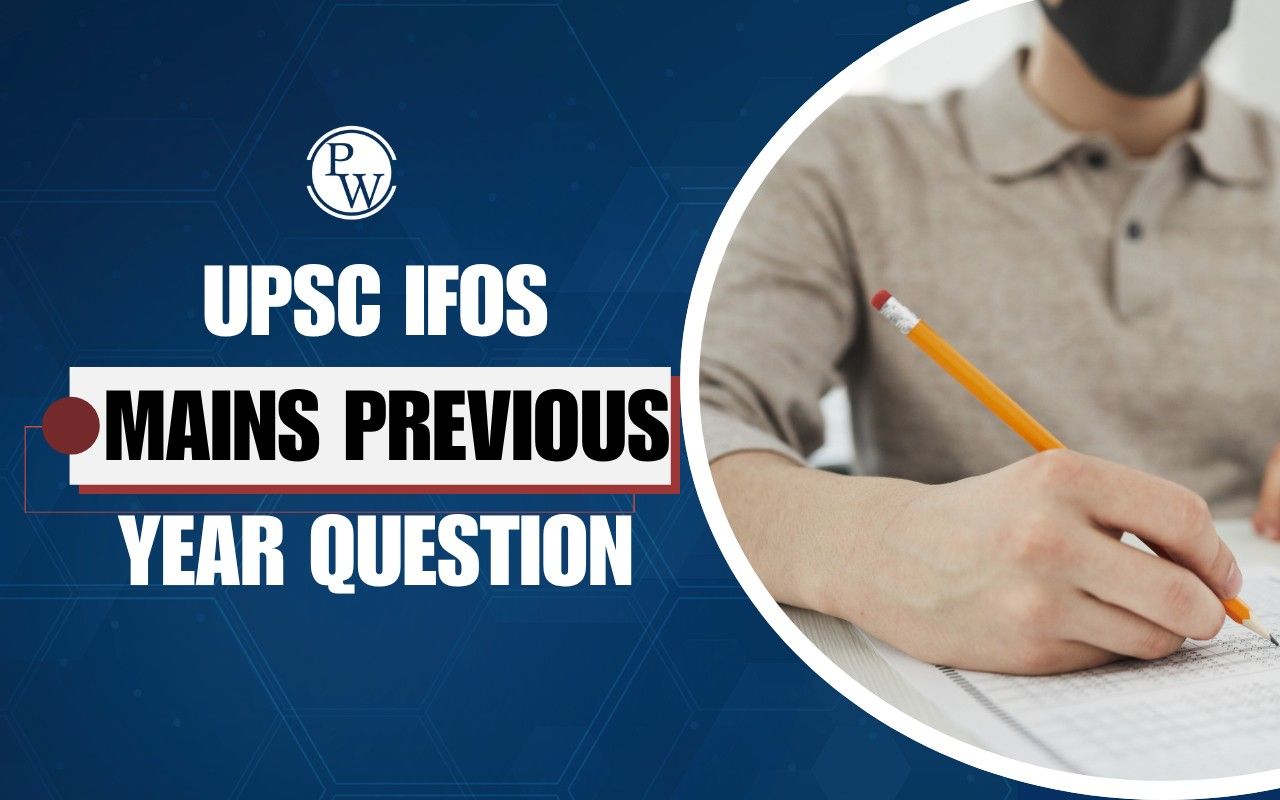
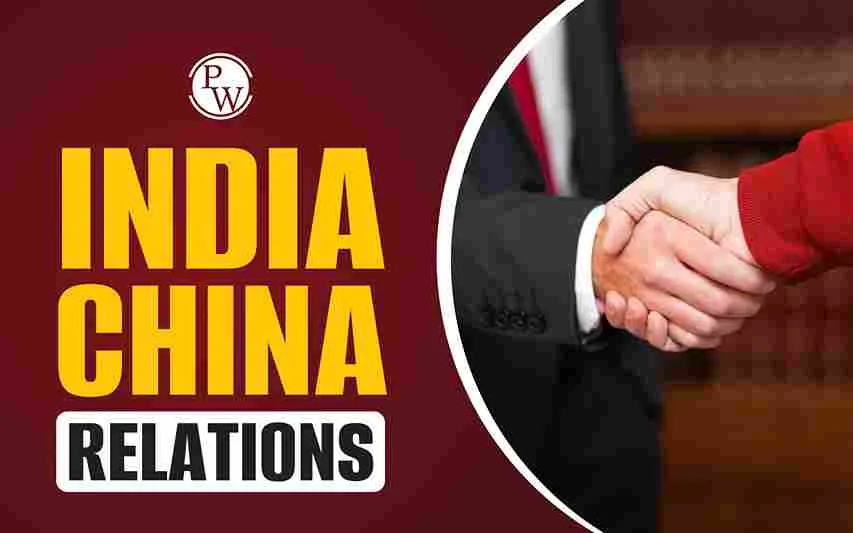
India-China relations enter a new phase in 2025, marked by cautious engagement and strategic competition. Both nations completed 75 years of diplomatic ties, reflecting a complex history of cooperation, conflict, and evolving geopolitical dynamics. Formally established on April 1, 1950, India-China relations have evolved from early diplomatic warmth to periods of tension, culminating in both cooperation and confrontation across the decades.
India-China Relations: Recent Developments
India-China relations have entered a new phase, marked by a significant diplomatic reset after years of tension following the 2020 border clashes. The two nations commemorated 75 years of diplomatic ties with renewed dialogue and symbolic gestures, signaling a willingness to move forward.
A key breakthrough came with troop disengagement in Ladakh’s Depsang and Demchok, restoring mutual patrolling rights and easing military tensions. This progress was supported by high-level meetings, including the first Modi-Xi summit in five years at the BRICS summit in Kazan, and the restart of formal talks in 2025.
India and China have also resumed sharing hydrological data and agreed to restart the Kailash Mansarovar Yatra, reflecting growing trust. While unresolved issues like border interpretations and strategic competition remain, both countries are now actively pursuing de-escalation and cooperation to stabilize their relationship.
India-China Relations History
India-China relations have a long and complex history marked by periods of cooperation, cultural exchange, and conflict:
| Period | Key Highlights |
| Ancient and Medieval Era |
|
| Colonial and Pre-Independence |
|
| Post-Independence (1950s) |
|
| Border Disputes & 1962 War |
|
| Normalization (1976–1990s) |
|
| Contemporary Era (1990s–2010s) |
|
| Recent Developments (2023–2025) |
|
India China Multilateral Relations
India and China often cooperate in multilateral platforms like:
-
BRICS (Brazil, Russia, India, China, South Africa): Both countries are founding members of BRICS, an influential group of emerging economies. A platform to collaborate on economic reform and global south issues.
-
Shanghai Cooperation Organization (SCO): China is a founding member; India joined in 2017. The SCO serves as a platform for regional security, counterterrorism, and economic dialogue.
-
G20: India and China are prominent members of the G20, working together on issues such as global economic stability, climate change, and sustainable development.
-
Asian Infrastructure Investment Bank (AIIB): Both are founding members of the AIIB, a multilateral development bank focused on infrastructure investment across Asia.
India-China Political Relations
Politically, the relationship swings between cautious engagement and strong rivalry. Key aspects include:
-
75th Anniversary of Diplomatic Relations: In April 2025, both countries commemorated 75 years of diplomatic ties, with leaders exchanging congratulatory messages.
-
High-Level Dialogues: Regular meetings between defence, foreign, and trade ministers.
-
Diplomatic Engagements: National security advisors from both sides engage in border resolution talks.
-
Border Patrol Agreement: A key turning point was the October 2024 agreement on border patrolling along the Line of Actual Control (LAC), which helped de-escalate tensions that had persisted since the 2020 Galwan Valley clash.
India-China Economic Relations
India-China economic relations in 2025 are defined by deep trade interdependence and a record trade deficit for India:
-
Widening Deficit: In FY 2024–25, India’s trade gap with China widened significantly, reaching a record $99.2 billion. Imports from China rose by 11.5% to $113.46 billion, while India’s exports dropped by 14.5% to just $14.25 billion.
-
China’s Export Dominance: China continues to be India’s largest import partner, supplying a broad range of goods such as electronics, EV batteries, solar equipment, and essential industrial materials.
-
Falling Indian Exports: India mainly exports raw materials like iron ore, cotton, and copper to China. These exports have declined due to weaker global demand and limited access to the Chinese market.
-
Structural Dependency: India’s manufacturing and infrastructure sectors rely heavily on Chinese intermediate goods, machinery, and consumer electronics
India-China Cultural Relations
In 2025, cultural ties between India and China are cautiously improving. Both countries are drawing on their shared civilizational heritage and promoting people-to-people exchanges:
-
Pilgrimage Resumed: China allowed the resumption of Indian pilgrimages to Mount Kailash in January 2025, highlighting shared spiritual ties and signaling diplomatic goodwill.
-
Cultural Collaborations: Ongoing Cultural Exchange Programmes (CEPs) support artist exchanges, joint performances, and exhibitions in art, music, and theatre.
-
Popular Culture Appeal: Bollywood continues to attract Chinese audiences, while Chinese films and dramas gain traction in India, reflecting mutual cultural interest.
-
Youth & Academic Ties: Student exchanges and scholarly visits have resumed post-pandemic, aiming to build long-term trust and deepen people-to-people connections.
India-China Military Relations
India and China are both nuclear-armed powers with large standing armies. Their military relations are defined by:
-
Border De-escalation: In October 2024, both sides agreed to disengage from key friction points like Depsang and Demchok along the LAC, easing tensions and allowing limited patrolling.
-
High-Level Military Talks: On June 26, 2025, Defence Ministers met in Qingdao at the SCO summit, with India urging a permanent solution through structured dialogue and better border management.
-
Persistent Tensions: Despite progress, mistrust remains high. Troop deployments continue, and core border issues remain unresolved, fueling strategic rivalry and security concerns.
-
Limited Military Engagement: Bilateral military exercises are still suspended, but India and China engage indirectly through multilateral drills. Past agreements and resumed civil exchanges support confidence-building.
Also Read: McMahon Line
India-China Border Disputes
The India-China border stretches over 3,488 km, covering three major sectors: Western, Middle, and Eastern. The main points of conflict are:
-
Aksai Chin (Western Sector): Controlled by China but claimed by India as part of Ladakh.
-
Arunachal Pradesh (Eastern Sector): Administered by India but claimed by China as “South Tibet.”
-
Himachal Pradesh and Uttarakhand (Middle Sector): Smaller disputed areas in Himachal Pradesh and Uttarakhand.
In 1962, the two nations went to war over these territorial claims, with China gaining control over Aksai Chin.
In recent years, diplomatic and military talks have aimed to de-escalate border tensions, including confidence-building measures and withdrawal of troops from friction points. However, trust remains low, and the LAC (Line of Actual Control) is still undefined in many regions.
Way Forward
The future of India–China relations depends on managing differences and expanding common ground. Key steps include:
-
Clear Border Delimitation: Establishing a mutually accepted LAC to avoid future clashes.
-
Balanced Trade: Reducing deficits and promoting fair market access.
-
Continued Dialogue: Engaging through multilateral forums and bilateral talks to address issues.
-
Mutual Respect: Accepting each other’s core interests and avoiding strategic miscalculations.
To sum up, India and China share a deep, complex, and evolving relationship. Despite challenges, there are opportunities for both countries to build a peaceful and productive future. Dialogue, trust, and mutual understanding are key to shaping that path forward.
To master India-China relations and other key UPSC topics, explore curated PW UPSC Courses today!
India-China Relations FAQs
What are the main India-China border disputes?
When did India and China fight a war?
Why is trade between India and China important?
What steps are taken to manage border tensions?
How do India and China engage culturally?

UPSC Coaching
